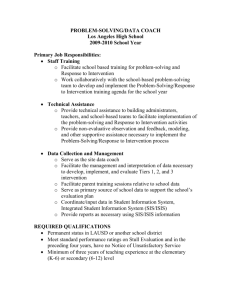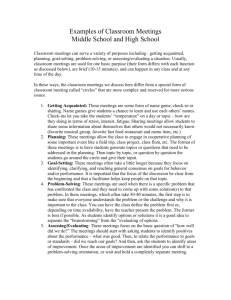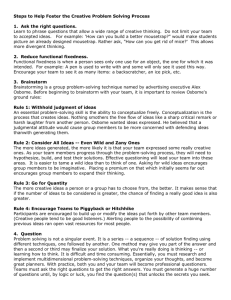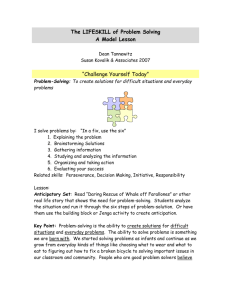Unpacking Outcomes - North East School Division
advertisement
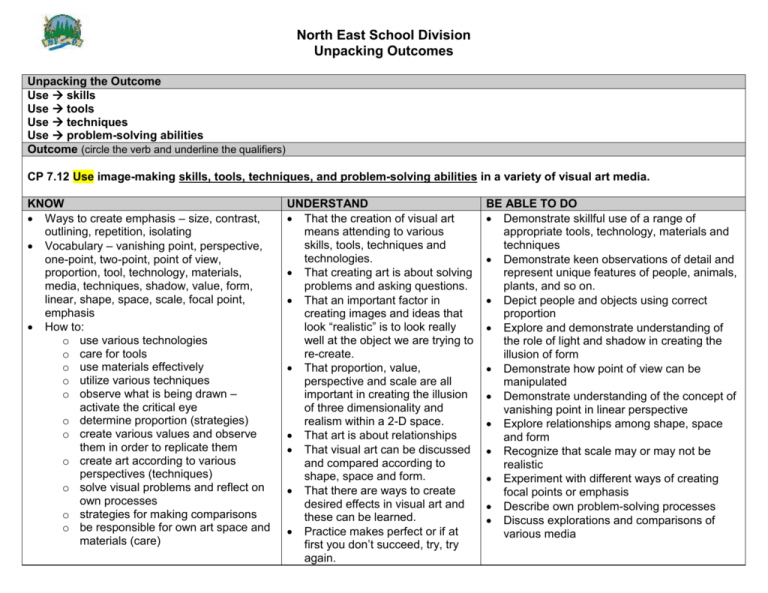
North East School Division Unpacking Outcomes Unpacking the Outcome Use skills Use tools Use techniques Use problem-solving abilities Outcome (circle the verb and underline the qualifiers) CP 7.12 Use image-making skills, tools, techniques, and problem-solving abilities in a variety of visual art media. KNOW Ways to create emphasis – size, contrast, outlining, repetition, isolating Vocabulary – vanishing point, perspective, one-point, two-point, point of view, proportion, tool, technology, materials, media, techniques, shadow, value, form, linear, shape, space, scale, focal point, emphasis How to: o use various technologies o care for tools o use materials effectively o utilize various techniques o observe what is being drawn – activate the critical eye o determine proportion (strategies) o create various values and observe them in order to replicate them o create art according to various perspectives (techniques) o solve visual problems and reflect on own processes o strategies for making comparisons o be responsible for own art space and materials (care) UNDERSTAND That the creation of visual art means attending to various skills, tools, techniques and technologies. That creating art is about solving problems and asking questions. That an important factor in creating images and ideas that look “realistic” is to look really well at the object we are trying to re-create. That proportion, value, perspective and scale are all important in creating the illusion of three dimensionality and realism within a 2-D space. That art is about relationships That visual art can be discussed and compared according to shape, space and form. That there are ways to create desired effects in visual art and these can be learned. Practice makes perfect or if at first you don’t succeed, try, try again. BE ABLE TO DO Demonstrate skillful use of a range of appropriate tools, technology, materials and techniques Demonstrate keen observations of detail and represent unique features of people, animals, plants, and so on. Depict people and objects using correct proportion Explore and demonstrate understanding of the role of light and shadow in creating the illusion of form Demonstrate how point of view can be manipulated Demonstrate understanding of the concept of vanishing point in linear perspective Explore relationships among shape, space and form Recognize that scale may or may not be realistic Experiment with different ways of creating focal points or emphasis Describe own problem-solving processes Discuss explorations and comparisons of various media ESSENTIAL QUESTIONS What are the things I must attend to when creating visual art and how is each important to my overall message? How is art related to problem-solving? How can I make my art look real? How do I create 3-D effects on a 2-D surface? How is art about relationships? How can I compare and discuss art? How do I create the effects I want (like emphasis)? How do I get better? What do I do when I am really frustrated?





